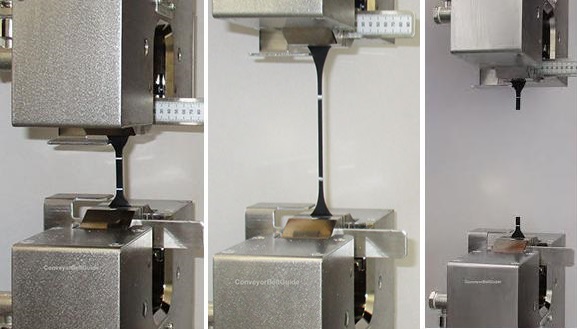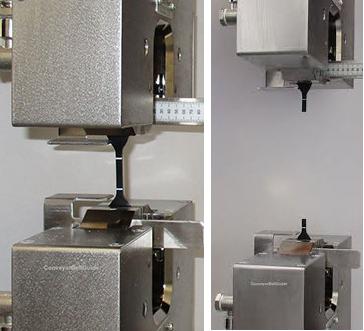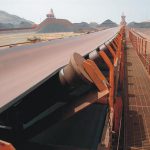What’s “kg/cm²” in Conveyor Belt and How Convert it into other Units?
In the realm of conveyor belts, parameters such as 150 kg/cm²,180 kg/cm², 240 kg/cm², or 1000 kg/cm² are frequently encountered. What do these units represent, and what aspect of conveyor belt performance do they describe?
The unit kg/cm² denotes pressure, representing kilograms of force per square centimeter. This is a unit within the International System of Units (SI), also known as kilograms-force per square centimeter. In physics and engineering, kg/cm² is commonly used to describe the pressure of liquids or gases. In the context of conveyor belts, kg/cm² is often employed to express tensile strength, including the tensile strength of the cover rubber, the elongation of the EP (ethylene propylene) layer, and the tensile strength of the steel cord.
The tensile strength of the cover rubber and the strength layer (EP & Steel Cord) refers to the maximum tensile force per unit area that the material can withstand when subjected to tension. This parameter directly impacts the load-carrying capacity, service life, and reliability of conveyor belts. Therefore, stringent requirements are placed on the tensile strength of the cover rubber and strength layer in the design and selection of conveyor belts.
However, due to the traditional and customary usage variations between metric and imperial systems, as well as among different countries and regions, there can be inconsistencies in the units used to describe conveyor belt tensile strength. This necessitates an understanding of some basic unit conversion relationships. Common pressure units in the conveyor belt industry include megapascals (MPa), pounds per square inch (psi), kilograms per square centimeter (kg/cm²), bars, and atmospheres (atm). The conversion relationships between these units are:
1 megapascal (MPa)=145 pounds/inch2 (psi)=10.2 kilograms/cm2 (kg/cm2)=10 bar (bar)=9.8 atmospheric pressure (at m)=1N/mm2
For example, a conveyor belt with a cover rubber tensile strength of 240 kg/cm² can be expressed as a standard of 24 MPa.
In practical applications, conveyor belts experience pressure from various sources, such as material weight, transmission power, environmental temperature, and humidity. The tensile strength of the cover rubber must be robust enough to ensure the conveyor belt performs well under diverse conditions. Utilizing the mentioned units, engineers can conveniently assess and compare different types and brands of conveyor belts.
Specifications provided by conveyor belt manufacturers often detail the requirements for cover rubber tensile strength. This aids users in selecting suitable conveyor belts by understanding their performance characteristics, meeting specific industrial application requirements. For instance, applications requiring high abrasion resistance may demand conveyor belts with higher cover rubber tensile strength to prevent damage during transportation.
Additionally, the tensile strength of the cover rubber is influenced by the number of layers and the material used in the conveyor belt. Different industries and applications necessitate different types of conveyor belts, requiring considerations in material selection and matching tensile strength during the design phase.
In conclusion, kg/cm² in the context of conveyor belts predominantly represents tensile strength, specifically that of the cover rubber and strength layer. With unit conversion knowledge and adherence to industry standards, engineers and users can effectively evaluate and choose conveyor belts that align with the requirements of their specific applications.
SUNGDA CONVEYOR BELT CO.,LTD.

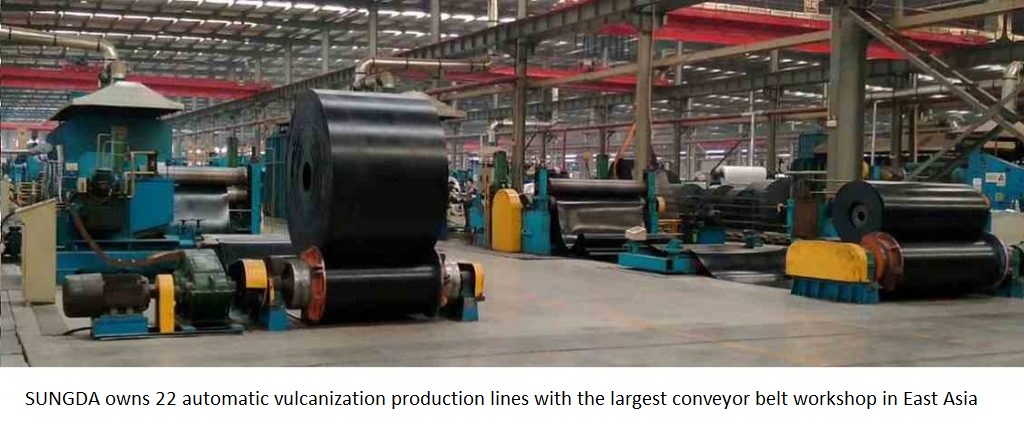
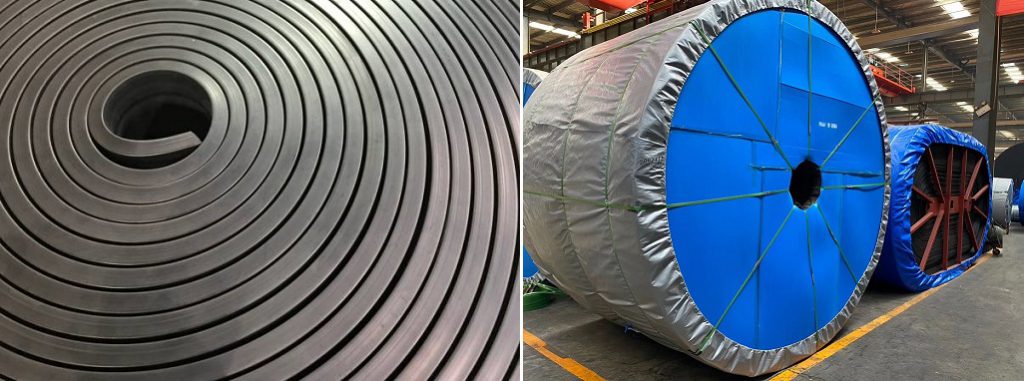

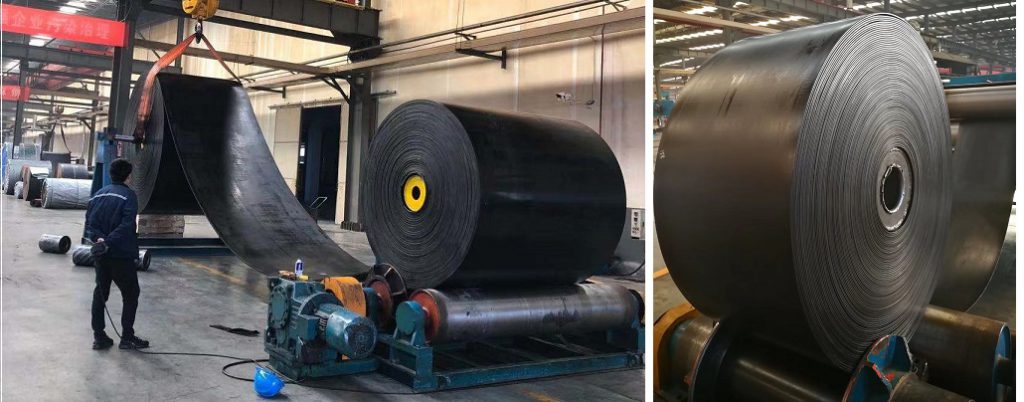
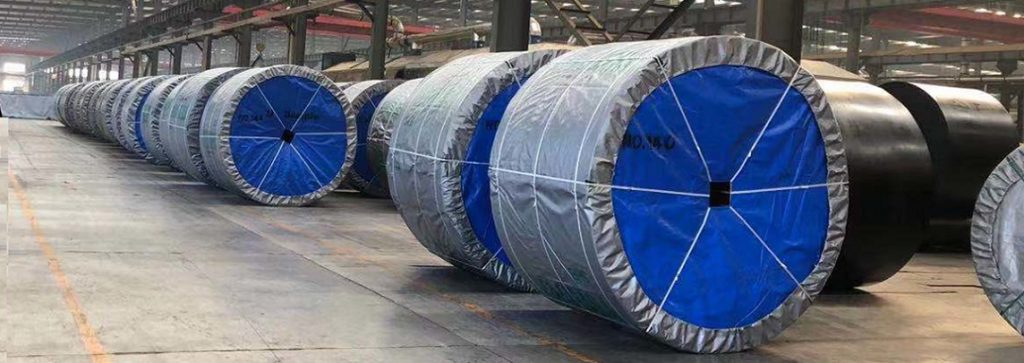
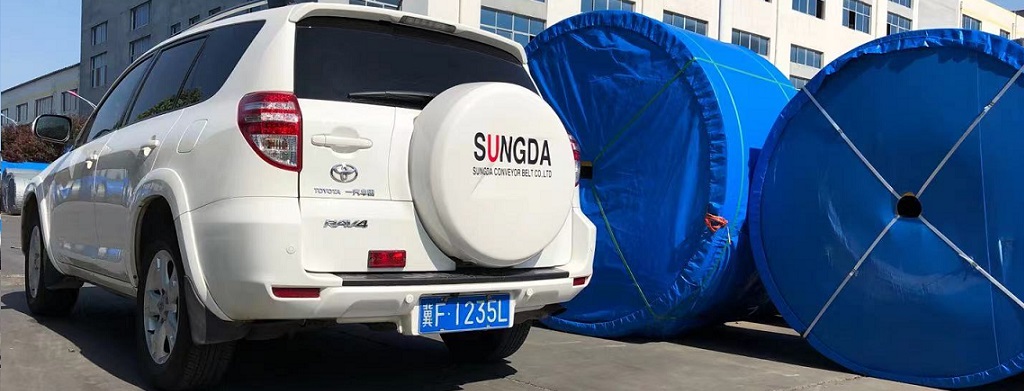
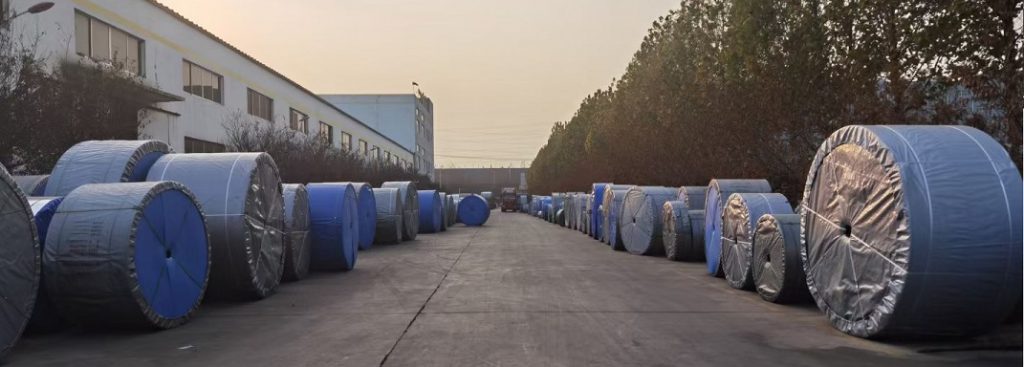

Tags: CONVEYOR BELT COVER,conveyor belt specification,conveyor belt standard,EP conveyor belt,Rubber conveyor belt,Steel cord conveyor belt,TENSILE STRENGTH,Tensile strength of EP conveyor belts,Tensile strength of Straight Warp conveyor belts,unit convert

